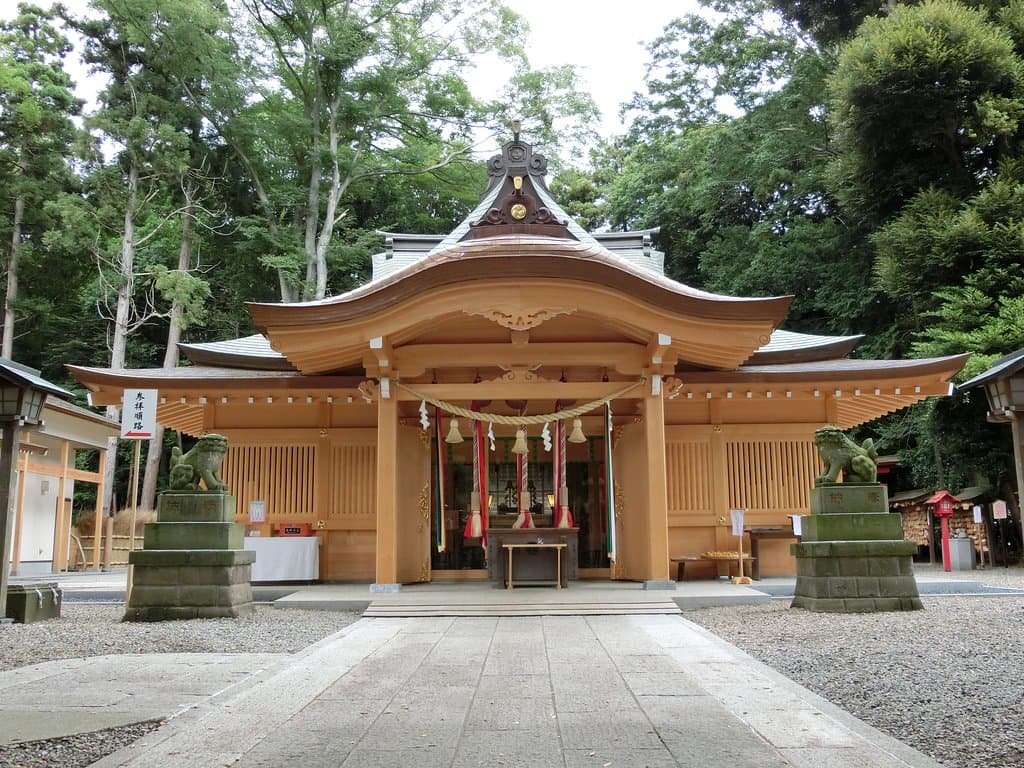
Hisaizu Shrine
A historic shrine in Saitama, famed for its serene forest, ancient roots, and resident peacocks.
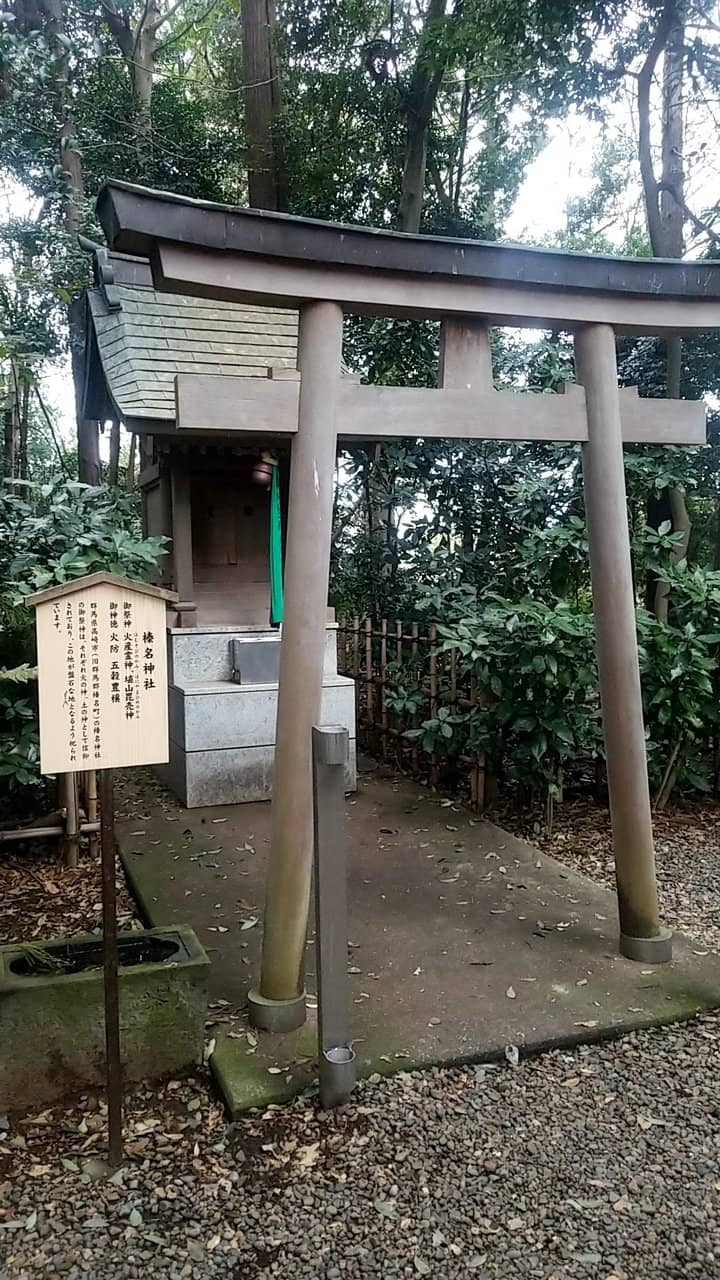
Highlights
Must-see attractions
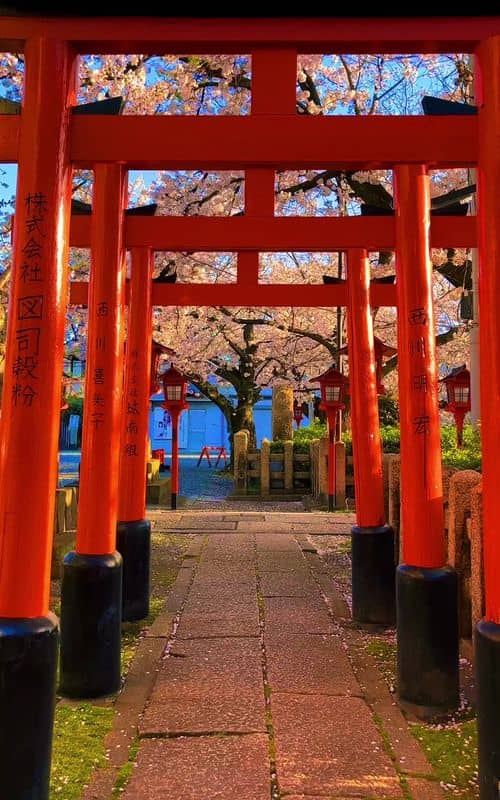
Social
From TikTok & Reddit
Best Time
Peacocks are active, fewer crowds

Hisaizu Shrine
Best Time
Peacocks are active, fewer crowds

Highlights
Must-see attractions
A historic shrine in Saitama, famed for its serene forest, ancient roots, and resident peacocks.
"A peaceful escape with beautiful grounds and charming peacocks, steeped in history."
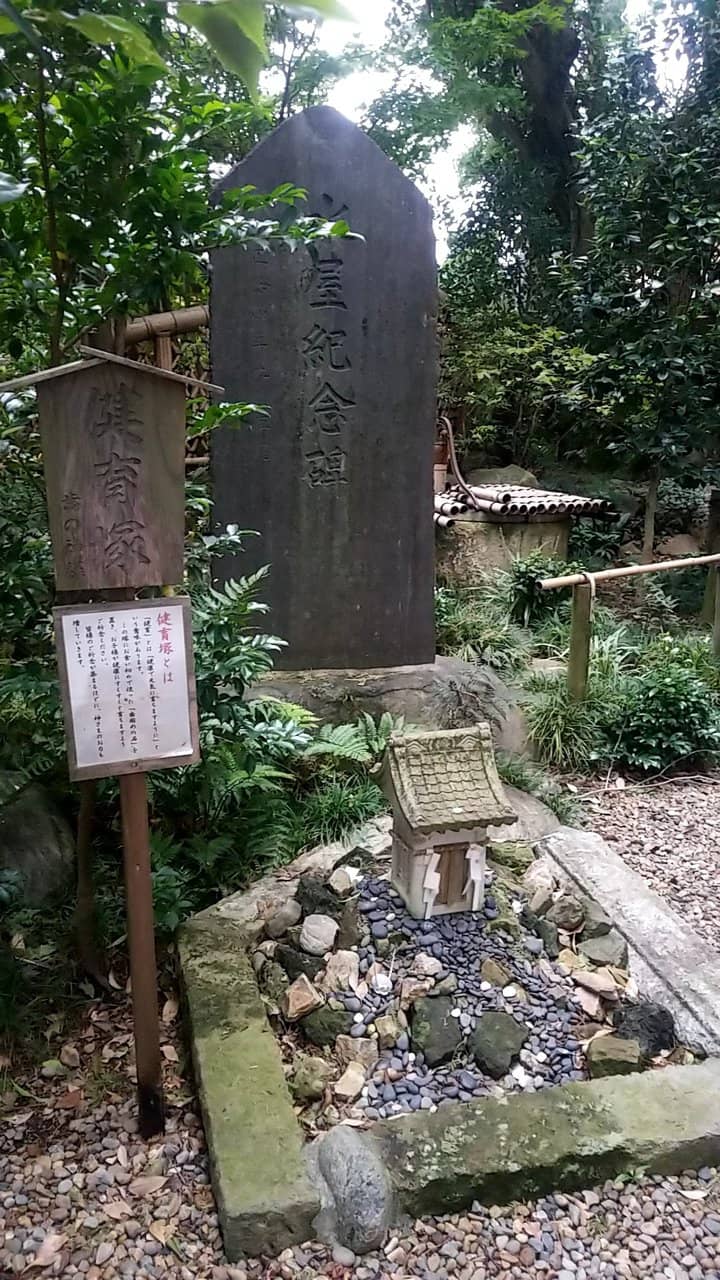
🚶♀️ Easy Walk from Station
A pleasant 15-minute walk from Iwatsuki Station's west exit. Enjoy the scenery along the way! :walking:
🅿️ Free Visitor Parking
Ample free parking is available for visitors, making it convenient for those arriving by car. :car:
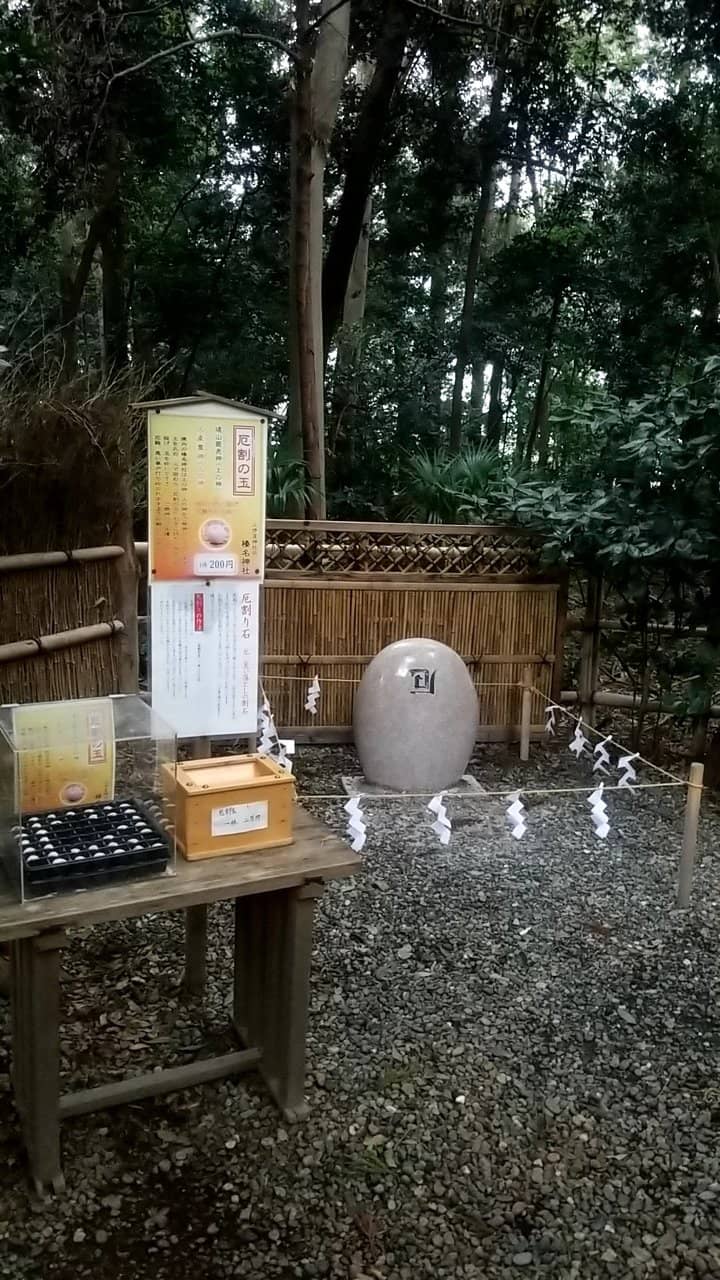
Highlights
Discover the most iconic attractions and experiences

Peacock Aviary
Shrine Grounds
Marvel at the vibrant peacocks, a symbol of the shrine, donated centuries ago. A truly unique and beautiful sight!

Chinju no Mori (Sacred Forest)
Shrine Approach
Walk through a serene, tree-lined path that feels like a natural green tunnel, offering a tranquil start to your visit.
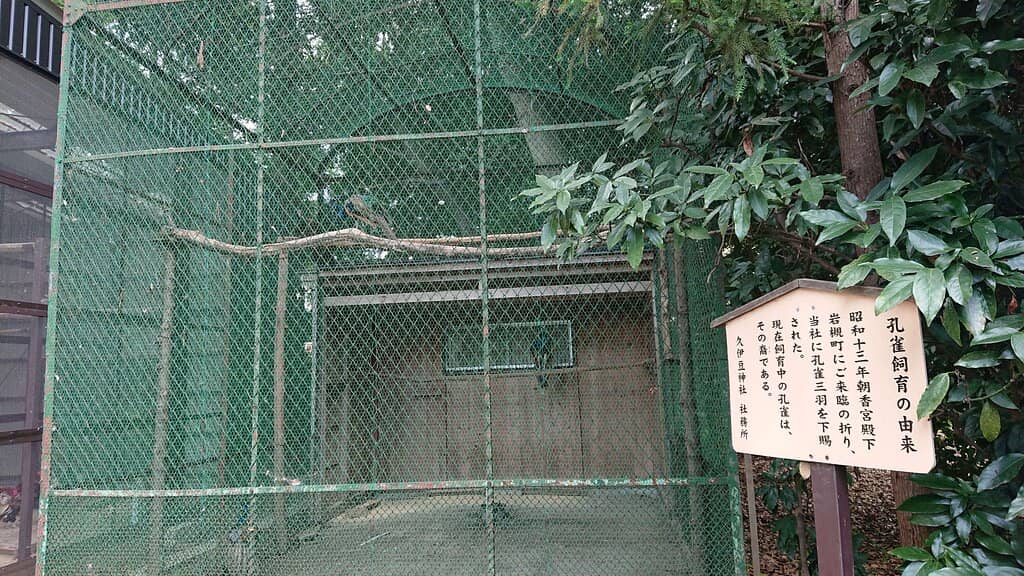
Main Shrine Building
Central Shrine Area
Admire the beautifully renovated main hall, a testament to the shrine's long and rich history.
Plans like a pro.
Thinks like you
Planning Your Visit
Embrace the Tranquility
Plan for the Peacocks
Best Times
Insider Tips
from TikTok, Instagram & Reddit
🚶♀️ Easy Walk from Station
A pleasant 15-minute walk from Iwatsuki Station's west exit. Enjoy the scenery along the way! :walking:
🅿️ Free Visitor Parking
Ample free parking is available for visitors, making it convenient for those arriving by car. :car:
📜 Goshuin Available
Collect a beautiful goshuin (shrine stamp) and a peacock-themed booklet as a unique souvenir. :scroll:
🕊️ Respect the Wildlife
The peacocks and chickens are residents. Please observe them from a distance and do not feed them. :dove:
Tips
from all over the internet
🚶♀️ Easy Walk from Station
A pleasant 15-minute walk from Iwatsuki Station's west exit. Enjoy the scenery along the way! :walking:
🅿️ Free Visitor Parking
Ample free parking is available for visitors, making it convenient for those arriving by car. :car:
📜 Goshuin Available
Collect a beautiful goshuin (shrine stamp) and a peacock-themed booklet as a unique souvenir. :scroll:
🕊️ Respect the Wildlife
The peacocks and chickens are residents. Please observe them from a distance and do not feed them. :dove:
What Travellers Say
Reviews Summary
Hisaizu Shrine is praised for its beautiful, well-maintained grounds, particularly the serene tree-lined approach and the charming resident peacocks. Visitors appreciate its historical significance and tranquil atmosphere, making it a peaceful escape. Some note that dining options are limited nearby, and the peacocks' activity can vary.
"They have peacocks and chikens here."
星野浩
"It dates back to approximately 1,500 years ago during the reign of Emperor Kinmei (539-571), when Omikami was enshrined here. During the Heian period, Hisaizu Shrines spread along the Moto-Arakawa River, and during the Sengoku period, it was established as the main guardian deity within the Shinshoji Kuruwa moat of Iwatsuki Castle, making it a historic shrine.
There is a long approach lined with lush trees from the first torii gate to the worship hall, and there is also a peacock aviary. The grounds have been beautifully maintained during the major construction work carried out during the Heisei era.
There is a parking lot for visitors to the right of the first torii gate."
makopon100
"This was my first visit since moving to Saitama City, and it was simply amazing! If you haven't already, I highly recommend it! ✂︎
Iwatsuki Hisaizu Shrine is a historic shrine located in Miyamachi, Iwatsuki Ward, Saitama City, Saitama Prefecture, known as the main guardian deity of Iwatsuki. Its beautiful main building and lush grounds are captivating. Below are some highlights.
⸻
Basic Information and Access
• Address: 2-6-55 Miyamachi, Iwatsuki Ward, Saitama City  
• Access: Approximately a 15-minute walk from the west exit of Iwatsuki Station on the Tobu Urban Park Line (Noda Line). Parking available (approximately 100 spaces, free)
⸻
History and Origins
• Founding: It is said to have begun during the reign of Emperor Kinmei (approximately 1,400-1,500 years ago), when the Haji clan of the Izumo tribe enshrined Okuninushi no Mikoto (Okuninushi no Mikoto) at this site.
• Relationship to Iwatsuki Castle: During the Sengoku period, when Ota Dokan built Iwatsuki Castle, it was made the guardian deity of the castle. Later, Tokugawa Ieyasu is said to have prayed to the shrine to ward off evil spirits from Edo Castle.
• Shrine Status: Formerly a village shrine and a local shrine, it was elevated to a prefectural shrine in 1945. In recent years, the "Heisei Great Reconstruction" was carried out in 2014, and the shrine building was newly renovated.
⸻
Enshrined Deity and Faith
• Enshrined Deity: Okuninushi-no-Mikoto (Okuninushi-no-Mikoto). He is believed to have many divine virtues, including matchmaking, fertility, safe childbirth, protection from disasters, good fortune, business, agriculture, and medicine.  
• Kuizu Faith: The Kuizu Shrine group, which spreads across the Moto-Arakawa River basin, including this shrine, is considered a regional faith alongside Hikawa and Katori Shrines, suggesting ties to local powers in the Middle Ages. 
⸻
Highlights of the Shrine Grounds
• Chinju no Mori: The approach to the shrine, shaded by lush trees, forms a green tunnel, creating a tranquil and calm atmosphere. 
• Peacocks and Chickens: In 1938, Prince Asaka donated three peacocks. Since then, peacocks have been carefully kept as the shrine's symbol. Along with the chickens released into the grounds, this is a soothing spot for animal lovers.  
• Shrine Treasures:
• Mother-of-pearl saddle (early Edo period, dedicated by Abe Shigetsugu, lord of Iwatsuki Domain)
• Large sword (1655, dedicated by Takanaga, son of Takachika Tadafusa)
• Portable shrine (rearranged to celebrate the enthronement of Emperor Showa)
• Imperial decree of the rank of Shoichii (first rank) (1704, by Ogasawara Nagashige, lord of Iwatsuki Castle)
• Subsidiary shrines: Many are enshrined within the grounds, including Kitano Tenmangu Shrine (for academic success) and Koshinsha Shrine (for traffic safety).
⸻
Annual Events and Visitor Information
• Major Events:
• Spring Festival (April 19th) and Autumn Festival (October 19th)
• Setsubun Festival (February 3rd), Summer Purification Ceremony (June 30th), Shichi-Go-San Festival (November 15th), etc.    .
• Visitor Information:
• The grounds are open 24 hours a day (prayer requests accepted from 8:30 AM to 3:30 PM)  .
• Goshuin (stamps) (500 yen) and peacock-themed goshuincho (stamp booklets) (approximately 1,300 yen) are also popular. .
⸻
Iwatsuki Hisaizu Shrine is a shrine forest steeped in history and faith, offering a place to enjoy nature, shrine treasures, culture, and worship experiences.✂︎"
048 WV
What People Like
What People Dislike
Frequently Asked Questions
🚇 🗺️ Getting There
Hisaizu Shrine is about a 15-minute walk from the west exit of Iwatsuki Station on the Tobu Urban Park Line. Follow the signs for the shrine.
Yes, there is a free visitor parking lot with approximately 100 spaces located to the right of the first torii gate.
Yes, if driving, it's convenient to exit Iwatsuki IC on the Tohoku Expressway and head east.
You can cross the Moto-Arakawa River via the Tonomiya pedestrian bridge. The shrine is roughly equidistant from both Iwatsuki and Higashi-Iwatsuki stations.
Absolutely! It's a straightforward walk from Iwatsuki Station, making it very accessible for those using the Tobu Urban Park Line.
🎫 🎫 Tickets & Entry
No, entry to the shrine grounds is free and open 24 hours a day. Prayer requests are accepted from 8:30 AM to 3:30 PM.
The shrine grounds are open 24 hours. However, prayer requests are typically accepted between 8:30 AM and 3:30 PM.
Yes, you can obtain a goshuin for 500 yen and a peacock-themed goshuincho (stamp booklet) for approximately 1,300 yen.
Hisaizu Shrine hosts several annual events, including Spring Festival (April 19th), Autumn Festival (October 19th), Setsubun Festival (February 3rd), and Shichi-Go-San (November 15th).
The peacocks are part of the shrine grounds, and there is no separate admission fee to see them.
🎫 🧭 Onsite Experience
Highlights include the Chinju no Mori (sacred forest), the peacock aviary, the beautifully renovated main shrine building, and various subsidiary shrines.
Yes, the shrine is famous for its resident peacocks, which were donated in 1938, and also has chickens roaming the grounds.
Peacocks have been the shrine's symbol since Prince Asaka donated three in 1938. They are a beloved feature of the grounds.
You can expect a tranquil and calm atmosphere, especially along the tree-lined approach, with a sense of history and nature.
The shrine houses several treasures, including a mother-of-pearl saddle, a large sword, and an imperial decree.
🍽️ 🍽️ Food & Dining
There are no dining facilities directly within the shrine grounds. You'll find eateries in the vicinity of Iwatsuki Station.
While not explicitly prohibited, it's customary to be respectful of the sacred space. Picnicking is generally not encouraged within the main shrine areas.
The area around Iwatsuki Station offers various dining options, from local Japanese cuisine to casual eateries.
Vending machines are not typically mentioned as being on the shrine grounds, so it's advisable to bring your own refreshments if needed.
Iwatsuki is known for its traditional Japanese dishes. Exploring local restaurants near the station will offer authentic flavors.
📸 📸 Photography
Photography is generally allowed within the shrine grounds, but always be mindful of other visitors and avoid disrupting any ceremonies.
The tree-lined approach (Chinju no Mori), the peacock aviary, and the main shrine building offer excellent photographic opportunities.
Yes, you can photograph the peacocks, but maintain a respectful distance to avoid disturbing them.
Drone usage is typically restricted at religious sites to ensure peace and respect. It's best to assume it's not permitted unless otherwise stated.
Early morning or late afternoon often provides softer light and fewer crowds, ideal for capturing the shrine's serene beauty.
For Different Travelers
Tailored advice for your travel style
👨👩👧 Families with Kids
While there are no specific playgrounds, the spacious grounds offer room for children to explore respectfully. The tranquil atmosphere is generally conducive to a peaceful family outing. Remember to bring water and snacks, as dining options are limited on-site, and encourage children to observe the animals from a distance.
🚶♀️ Solo Travelers & Peace Seekers
Take your time to wander through the grounds, admire the architecture, and observe the resident peacocks. Collecting a goshuin can also be a meaningful personal ritual. The shrine's accessibility from Iwatsuki Station makes it an easy and rewarding solo excursion.
Deep Dives
In-depth insights and expert knowledge
A Glimpse into History
The shrine underwent a significant renovation known as the "Heisei Great Reconstruction" in 2014, ensuring its preservation for future generations. This modern upkeep, combined with its ancient roots, offers visitors a unique blend of historical reverence and contemporary beauty. The shrine's status was elevated to a prefectural shrine in 1945, reflecting its enduring importance.
Beyond its architectural and historical significance, Hisaizu Shrine is deeply connected to local faith. The 'Kuizu Shrine group,' which includes this shrine, is considered a regional faith alongside Hikawa and Katori Shrines, indicating its historical ties to local powers in the Middle Ages. This spiritual heritage adds another layer to the visitor experience.
The Enchanting Peacocks and Sacred Grounds
The shrine grounds themselves are a sanctuary of natural beauty. The 'Chinju no Mori,' or sacred forest, forms a tranquil green tunnel along the approach to the main hall, with lush trees providing a calming canopy. This serene environment, combined with the presence of the animals, creates a soothing and almost meditative atmosphere for visitors. The grounds have been meticulously maintained, especially after the major construction work during the Heisei era.
Beyond the main attractions, Hisaizu Shrine also features numerous subsidiary shrines dedicated to various deities, such as Kitano Tenmangu Shrine for academic success and Koshinsha Shrine for traffic safety. These smaller shrines offer additional points of interest and opportunities for prayer and reflection, enriching the overall experience of exploring the shrine's sacred space.
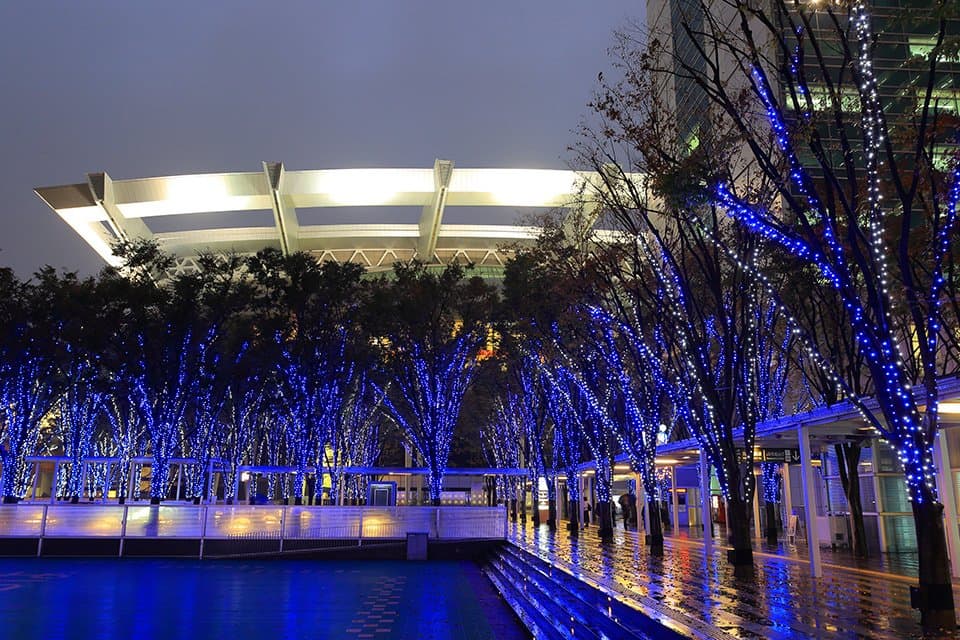
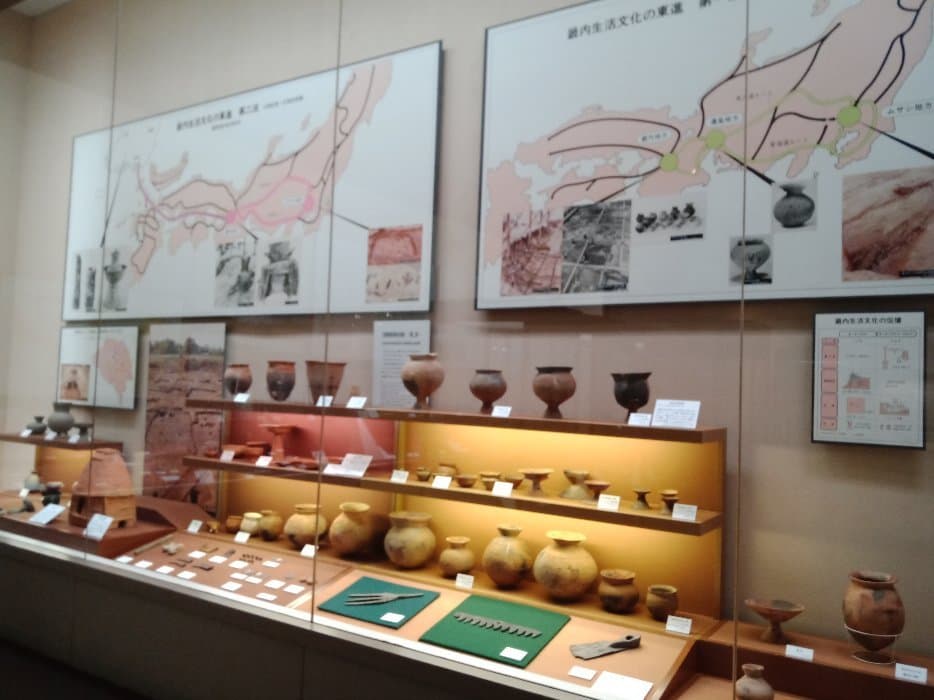
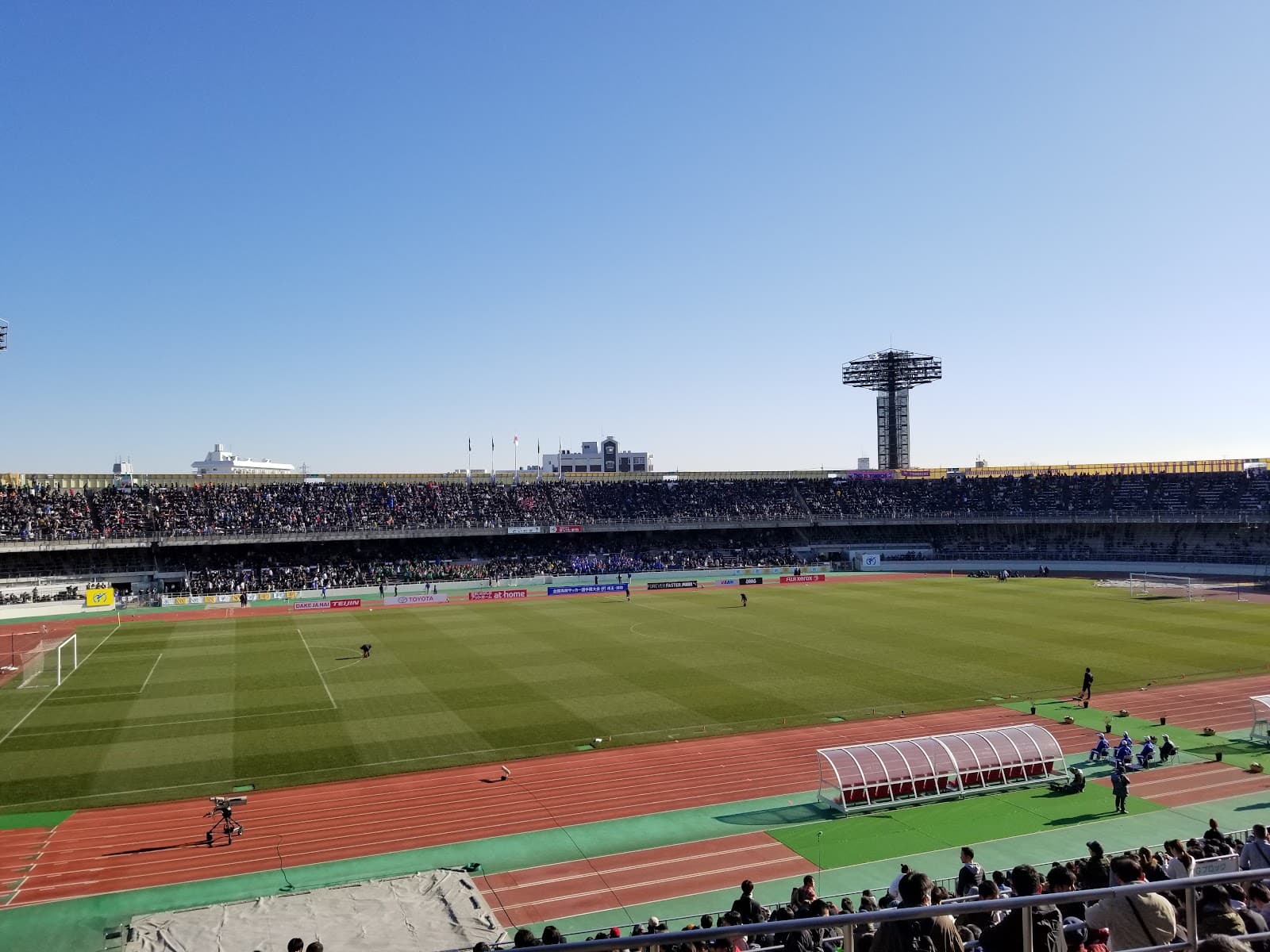
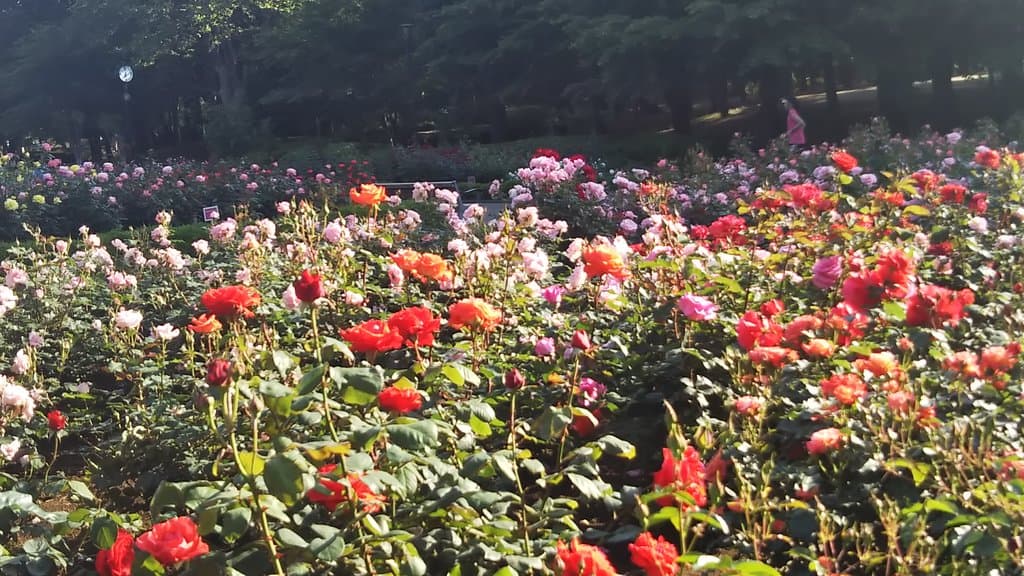

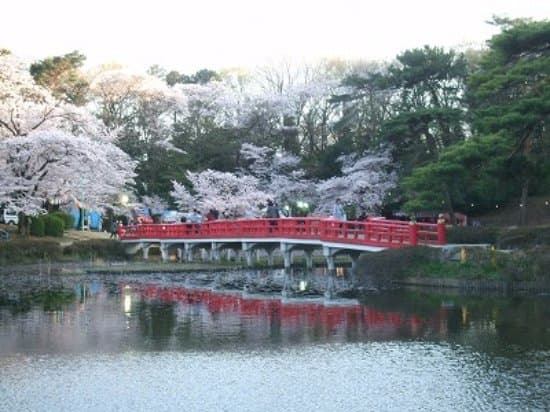
Social
from TikTok, Instagram & Reddit